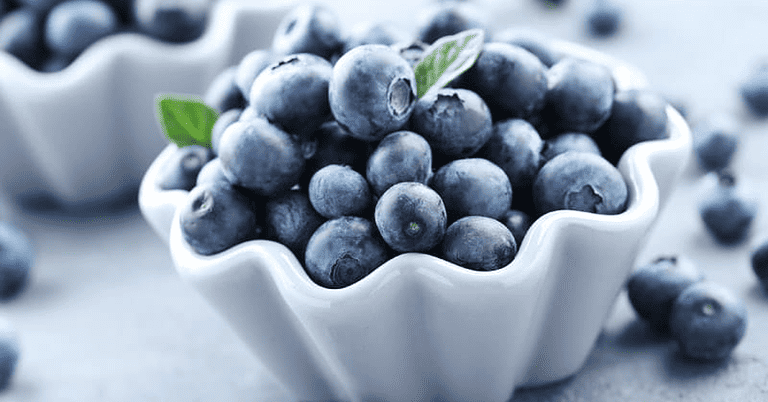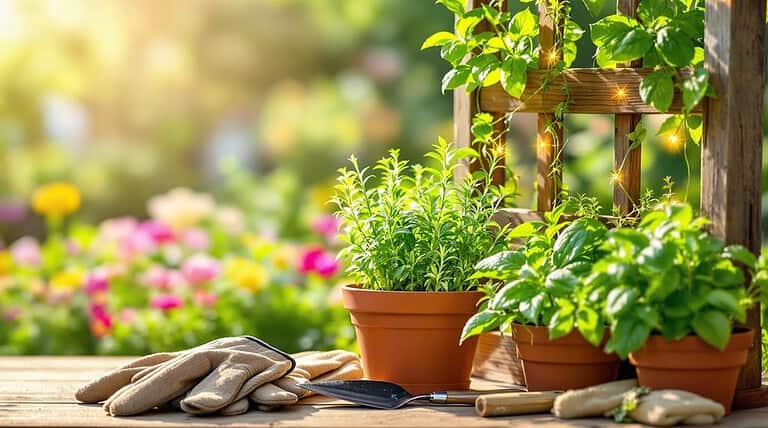Why Does Basil Turn Black
If your basil is turning black and sad, you're not alone. It happens when you handle or store it wrong, or if the environment isn't right.
When you cut or bruise basil, it can turn black because of oxidation. Rough treatment, too much humidity, or sudden temperature changes can cause black spots. Diseases like Fusarium wilt and gray mold can also make it black.
If you water it too much, that can make things worse. To keep your basil fresh, make sure it gets enough air, water at the base, and gets plenty of sunlight and food.
Knowing these reasons will help you grow and save your tasty basil leaves.
TLDR
- Basil turns black when it gets hurt, like when it's cut or bruised. This causes it to change color due to oxidation.
- Black spots on basil can be caused by diseases like Fusarium wilt and gray mold, which can happen in humid or changing temperature conditions.
- If basil leaves are washed too roughly or handled poorly, black spots can appear on them.
- Too much water and not enough air circulation can make basil prone to black spot disease, turning it black.
- Not taking out infected leaves, giving enough sunlight, or using the right fertilizer can make black spot disease worse, making the basil change color.
Causes of Basil Discoloration

When you cut or bruise basil leaves or expose them to air, they can turn black quickly due to a chemical reaction called oxidation. This reaction creates black spots or makes the leaves completely black.
Handling basil roughly can also cause black spots. To avoid this, make sure there's good air circulation around your basil plants and be gentle when handling the leaves.
Washing basil leaves before using them right away can also make them turn black, so it's better to use them fresh.
To keep basil leaves from turning brown or black, store them properly by wrapping them in paper towels in the fridge.
Environmental Factors and Pathogens
When it's really humid and the temperature keeps changing, it's the perfect setup for nasty fungi and bacteria to make your basil leaves go black.
Watch out for diseases like Fusarium wilt, gray mold, and black spot disease in these conditions.
Giving your basil too much water and not letting the soil drain properly can also lead to those dark spots.
If there's not enough air flowing around your plants and the soil isn't managed well, it's like giving a welcome sign to fungi and bacteria.
That's how your basil ends up with black leaves.
Knowing how the environment and germs team up, you can stop those black spots from showing up on your basil leaves.
Preventing Black Spots on Basil

Now that you know what can cause black spots on basil, let's talk about how to stop them.
You can make sure your basil grows well and stays healthy by following some simple steps.
With the right tricks, you can grow strong basil plants that stay safe from diseases.
Environmental Factors
To stop black spots on your basil plants, watch out for things like high humidity and temperature changes that make them more likely. Good air flow helps prevent the fungi that cause black spots.
Keep an eye on humidity, temperature, and soil moisture to avoid black spots. Make sure the soil drains well, too.
Prevention Techniques
To stop black spots on your basil leaves, follow these steps:
- Water properly by not overdoing it and watering at the plant's base, not on the leaves.
- Make sure air can move around the plant well to avoid fungus and bacteria.
- Check the soil to ensure it drains well, as too much water can cause black spots.
- Give your basil enough sunlight and the right amount of fertilizer.
- Keep an eye on the environment and act quickly if you see any signs of black spots.
Following these steps will help your basil leaves stay healthy and free from black spots.
Managing Black Spot Disease
To protect your basil plant from black spot disease, promptly remove any infected leaves. This stops the disease from spreading.
You can also use natural options like neem oil or copper fungicides to prevent black spots. Limit chemical treatments to avoid harming the plant.
Keep a close eye on your basil for early signs of black spots. Don't overwater, as it can cause black spots.
Storage and Maintenance Tips

Now that you've dealt with black spot disease, focus on keeping your basil fresh and green.
Learn how to store and care for your basil properly to avoid it turning black.
Follow these easy tips to make your basil last longer and preserve its tasty flavor and scent.
Basil Freshness Preservation
To keep your basil fresh and avoid it turning black, storing it properly is important. Whether you grew it yourself or bought it, you want to savor its taste and smell for as long as possible.
To prevent the leaves from turning black, store basil gently in plastic containers or clamshells to keep its vibrant green color. You can also blanch basil before freezing it or coat it with oil to stop it from blackening.
Remember to keep basil warm in cool weather and try not to wash it too much to make it last longer.
Proper Storage Techniques
To keep basil fresh longer and stop it from turning black, store it carefully to avoid damage and allow air circulation. Proper storage is key to keeping basil crisp and green. For store-bought basil, gently wrap it in plastic containers or clamshells to keep it fresh. Don't wash it too much to prevent blackening.
Try freezing it right after coating with oil to keep it from turning black. Also, in cold weather, keep basil warm to prevent blackening. Follow these tips to enjoy fresh basil for longer.
Cooking Techniques for Fresh Flavor
When you're cooking with fresh basil, it's best to add it near the end of cooking to keep its flavor and smell. This way, the basil won't turn black or lose its taste. Adding basil at the right time makes it taste better and stay fresh.
Don't cook basil too soon because it can lose its flavor. Instead of using heat, tear the basil by hand and add it to your dishes to avoid it turning black quickly.
If you have extra basil, blend it with oil and freeze it to save its flavor for later. These cooking tips will help you savor the full taste and smell of fresh basil in your meals.
Preservation Methods for Basil

If your basil leaves start turning black, it's time to save them. Freezing basil in ice cube trays or with a bit of oil can help keep its flavor and stop it from turning dark.
Another trick is to make pesto right away or freeze the basil after coating it with oil.
You can also try freezing basil in water to keep its color and taste. These methods make it easy to keep basil fresh for a long time and use it in your favorite dishes whenever you want.
Common Mistakes and Prevention
To stop your basil leaves from turning black, steer clear of common mistakes that can cause discoloration. Don't water too much, as it can lead to root rot and blackening. Be gentle when handling basil to avoid bruises and oxidation.
Keep the growing conditions stable to prevent sudden temperature drops that can cause blackening. Properly handle and store basil to avoid stress factors that can lead to discoloration. By avoiding these errors, you can keep your basil fresh and vibrant.
Remember to store basil in the fridge wrapped in paper towels, switch planting spots, and handle the leaves delicately to prevent bruising.
Conclusion
You now know why basil turns black, whether it's from the environment or harmful germs, and how to prevent it.
By understanding the reasons and taking action early, you can savor fresh, tasty basil for longer.
Remember to store and care for your basil correctly, and try different cooking and preservation methods to make the most of this versatile herb.
With these tips, you'll be all set to grow and use lively, healthy basil.






